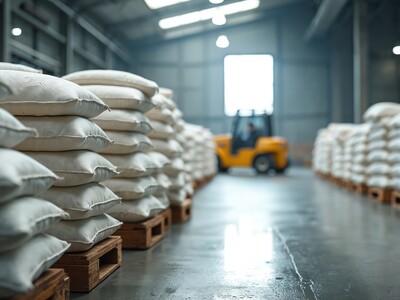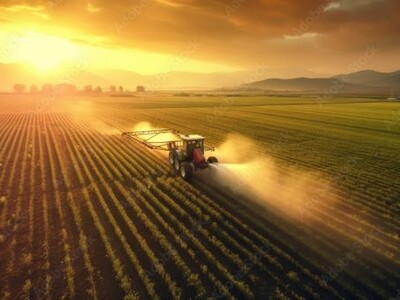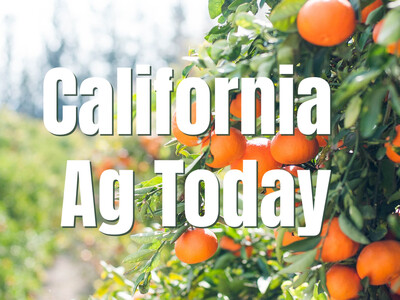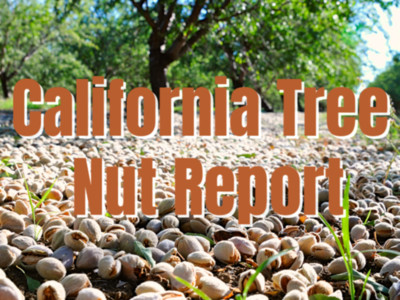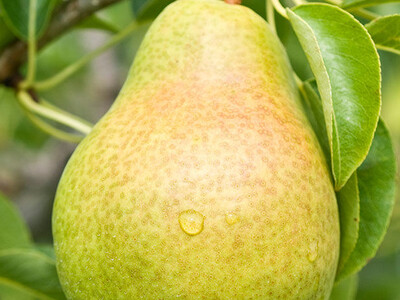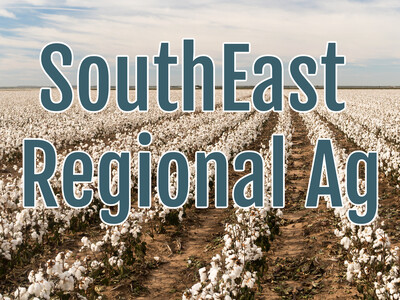Agriculture's a Big Player.
Agriculture’s a Big Player. I’m Greg Martin with today’s Line On Agriculture.
Agriculture remains a big economic player across the
JOHNSON: You've got two eastern
Jim Johnson is a land use specialist with the Oregon Department of Agriculture. Johnson says while eastern
JOHNSON: The decline in the nursery industry leading to some of the numbers declining in the northern
JOHNSON: Parts of the industry have taken some dramatic hits. But when you look at the industry as a whole, it's still growing. The diversity really protects the overall agricultural industry in this state from some of the downturns we get in some of the commodities.
Johnson says agriculture is important to all 36
JOHNSON: It's even more evident that agriculture is even more important in rural areas on a per capita basis than the numbers would indicate, and when you look at the overall numbers, agriculture is still a Willamette Valley phenomenon, so it's still important in the North Willamette Valley, the South Willamette Valley, and it's just as much an urban phenomenon as a rural phenomenon.
That’s today’s Line On Agriculture. I’m Greg Martin on the Northwest Ag Information Network.






